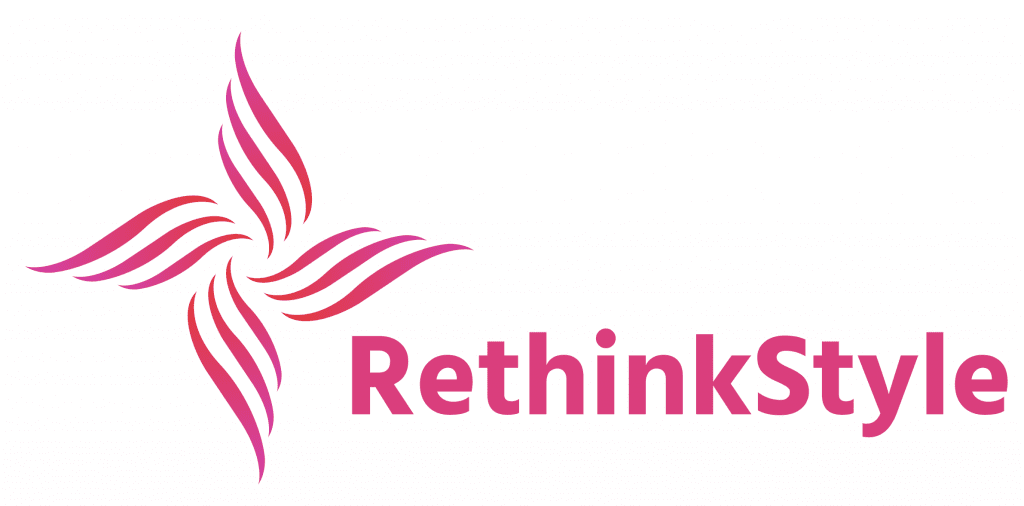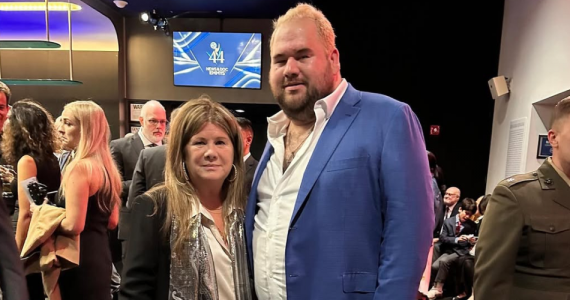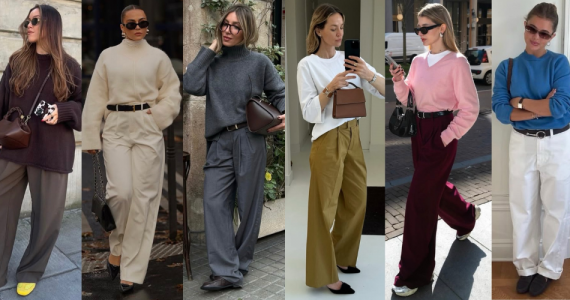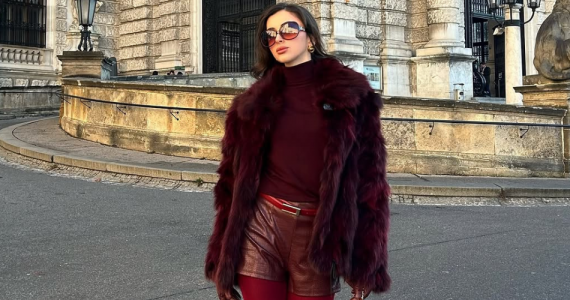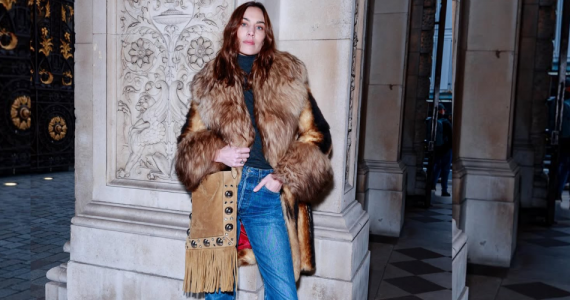The connection between art and fashion takes center stage at a groundbreaking exhibition inside the Louvre Museum. For the first time, modern fashion masterpieces are displayed alongside historic decorative arts, highlighting how designers draw inspiration from centuries of artistic craftsmanship.
This extraordinary showcase, featuring 100 couture and ready-to-wear pieces, places fashion in a broader cultural and artistic context.
A Unique Fusion of History and Haute Couture
Fashion has long been intertwined with history, and this exhibition offers a fresh perspective on how designers interpret past eras through contemporary creations. The event features designs from legendary fashion houses, including Dior, Balenciaga, Chanel, and Louis Vuitton, alongside independent designers such as Marine Serre and Iris van Herpen.
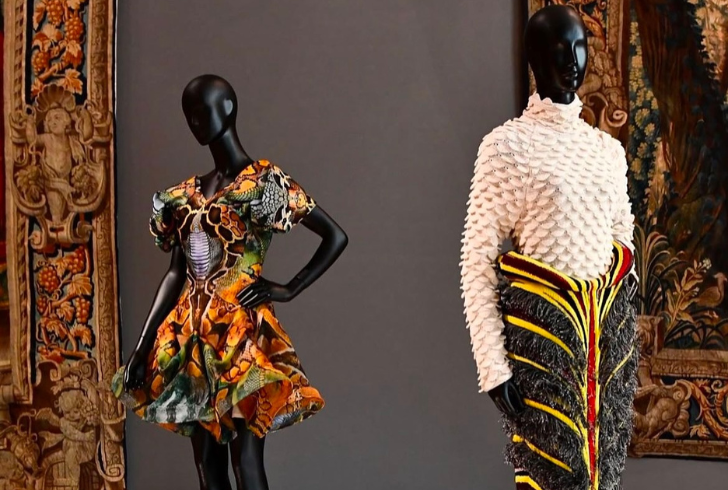
Visitors can explore how fashion has evolved from 1949 to the present, seeing firsthand how historical artifacts like tapestries, bronzes, and jewelry have influenced some of the most iconic modern designs. Among the standouts are Karl Lagerfeld’s final Chanel pieces and Gianni Versace’s distinct interpretations of past artistic movements.
Fashion’s Place in the Louvre’s Legacy
Olivier Gabet, director of the museum’s decorative arts department, emphasizes the natural relationship between fashion and the Louvre. “Fashion is a powerful form of artistic expression. This exhibition helps people see that creativity is not limited to paintings and sculptures—it’s in what we wear, too.”
This perspective aligns with the museum’s long-standing ties to fashion. Historic collaborations with major fashion houses, sponsorships from leading luxury groups, and past fashion shows held within the museum’s halls all highlight the Louvre’s growing role in shaping the narrative of modern style.
Curating Fashion’s Dialogue With History
The exhibition is arranged chronologically, allowing visitors to see how designers reinterpret different historical periods.
Highlights include:
1. A blue velvet ensemble from Chanel’s “Paris-Byzance” collection, directly inspired by Byzantine-era artifacts.
2. A metallic knit and organza couture look by Rabih Kayrouz reflecting the grandeur of Renaissance textiles.
3. Nicolas Ghesquière’s urban take on 18th-century French fashion, featured in Louis Vuitton’s 2018 collection.
Some pieces take direct inspiration from specific artworks housed within the museum. Karl Lagerfeld’s final couture collection, for instance, features designs influenced by an 18th-century lacquered commode, seamlessly blending historical craftsmanship with contemporary fashion.
Fashion Houses Embrace the Louvre’s Prestige
Despite its artistic significance, the Louvre can feel intimidating, even to established designers. “Presenting work in this space is an honor,” shared one designer. “It challenges us to think about fashion in a different way—not just as an industry but as part of a larger cultural dialogue.”
With contributions from 45 different designers, the exhibition highlights a collective history of fashion rather than individual brand showcases. Designers were given the freedom to tell their stories, and each house was strategically placed within the museum’s existing collections to enhance the conversation between past and present.
An Event of Grand Scale
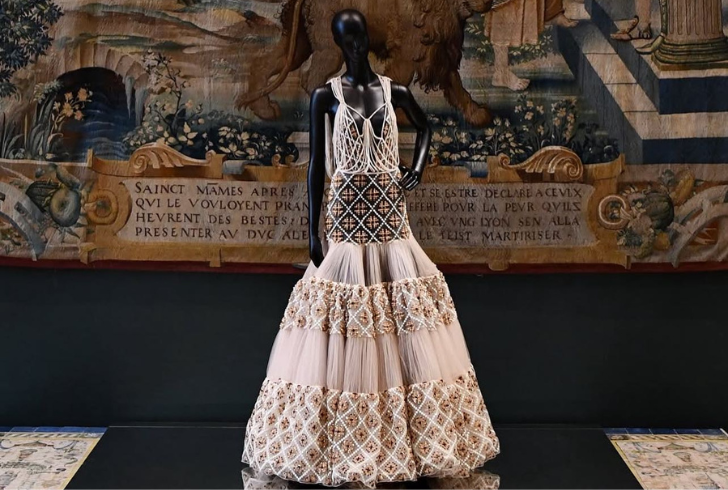
To celebrate the exhibition, the museum is hosting the Grand Diner du Louvre, an exclusive fundraising gala sponsored by Visa Infinite. The event has already secured 30 tables, reaching its fundraising target of 1 million euros. The scale of this initiative underscores the global significance of this exhibition and the continued intersection of luxury fashion with fine art.
Breaking Preconceived Notions About Museums
One of the most exciting aspects of the exhibition is its ability to challenge traditional perceptions of museum spaces. “People often think of museums as rigid institutions,” Gabet explains. “But in reality, they are places of freedom. You don’t have to love the Mona Lisa to enjoy the Louvre—you just need curiosity.”
This fresh approach invites visitors to engage with fashion in an unexpected setting, making it clear that style is not just about trends but about history, culture, and artistic evolution. Whether through a Dior gown inspired by the Baroque period or a Balenciaga piece reflecting medieval armor, the exhibition proves that fashion belongs in the Louvre as much as any masterpiece.
A Historic Moment for Fashion and Art
This exhibition marks a milestone in recognizing fashion as an art form worthy of the world’s most prestigious museum. By intertwining couture with centuries of artistic heritage, the Louvre presents a compelling case for fashion’s lasting impact on culture.
For visitors, it’s a rare opportunity to see fashion through a new lens—one that bridges the past and the present in a visually stunning and intellectually rich experience.
